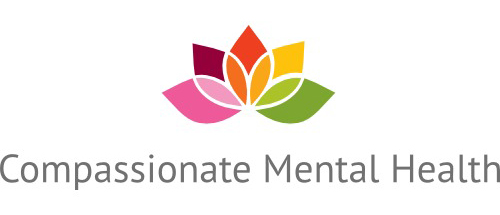The Open in Open Dialogue by Tom Stockmann
Open in Open Dialogue refers to two different but linked concepts. One is transparency. No decisions about the person in distress are made outside of the network meetings, and within this setting the clinicians openly discuss their observations. The clinicians are part of the polyphony – they are ‘with, not doing to’.
The clinicians reflect with their authentic selves, the second aspect of openness. They generate a true human-human relationship by bringing their own emotional responses to what they hear. The aim is to avoid objectification and distance between clinicians and others.
In this regard, Open Dialogue is in debt to the insights of Carl Rogers, the founder of person-centred therapy. Open Dialogue clinicians need to embody the three basic Rogerian features of a therapist: congruence (transparency), unconditional positive regard, and empathy.
The clinicians’ role is not to bring ‘truths’, but their own (personal, but not private) selves. In order to avoid bringing aspects of themselves for the wrong reasons, self knowledge is crucial. This is one reason mindfulness is a key aspect of Open Dialogue.
Mindfulness
Joseph Bobrow, a psychoanalyst and Zen master, spoke about the cognitive, emotional and somatic aspects of reverie. He describes how the help we look for when in distress begins by us stopping, looking, and listening – allowing us to attend to what is happening within us and around us in a different way.
In Open Dialogue clinicians need to pay attention to the present moment, to sense the emotion in all communication – verbal and embodied – in both them and in others. For example, physiological signs, such as change in breathing pattern, or a shifting of position, may indicate an emotional response to what has just been discussed.
During the dialogue, clinicians may not necessarily join the dialogue with speech, but will remain present in other ways, such as body posture, gestures, and facial expressions, all of which have been shown to be of significance to patients.
The Platonic ideal of a network meeting is the emergence of living persons in authentic contact with each other, adapting to each other in the moment, communicating at a level before words are consciously chosen – a Buberian I -Thou meeting.
The Dialogue in Open Dialogue
The primary emphasis in Open Dialogue is on the generation of dialogue, rather than promoting change directly. The aim is for the dialogue to allow the network to summon their own psychological resources with which to deal with the problem.
In acute emotional distress, network members may feel desperate, stuck, and rigid in thinking, making understanding and communicating difficult. The role of the clinical team is to support the expression of emotion. They haven’t experienced the trauma firsthand, and so do not share in its intensity, although will of course be moved to some extent. The clinicians’ skill is in holding the strong emotions present in the room, allowing network members to contribute to a dialogue despite these being there.
‘One speaks as a listener’
– Hoffman
Find out more..
Dr Tom Stockman will be speaking with Dr Chris Salway about Open Dialogue on November 18th in Cardiff at Compassionate Approaches to Mental Heath – a one day experiential event designed to inform, inspire and empower people living and working with mental health issues.
Please book now to join us in Cardiff. Limited £35 tickets – sponsored by Welsh mental health and wellbeing charity Gofal – are available for people with lived experience and their supporters.




Leave a Reply
Want to join the discussion?Feel free to contribute!